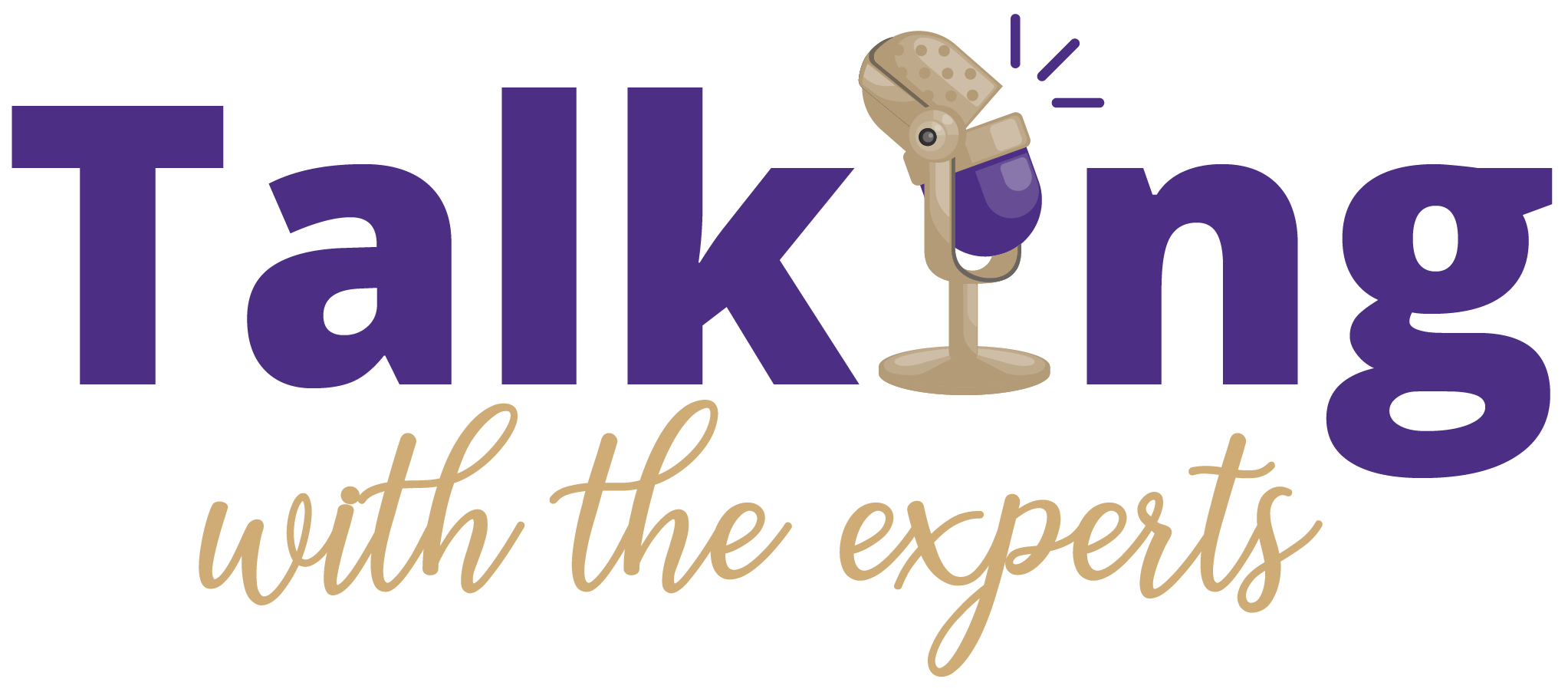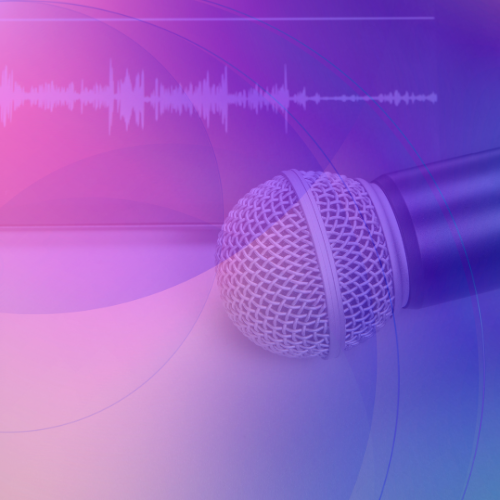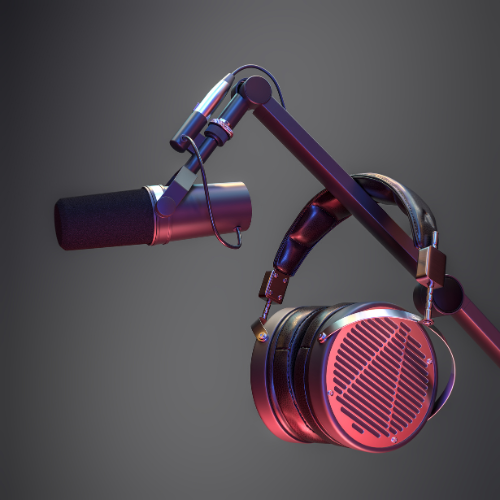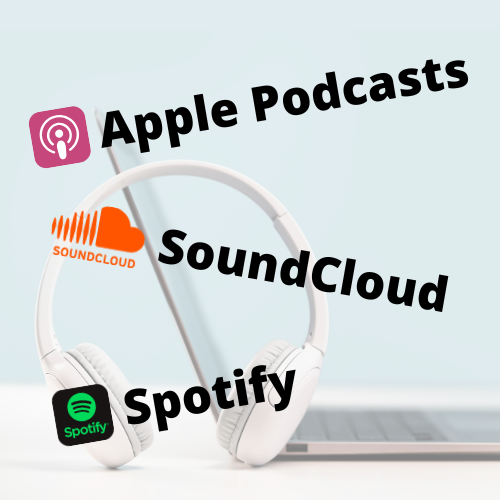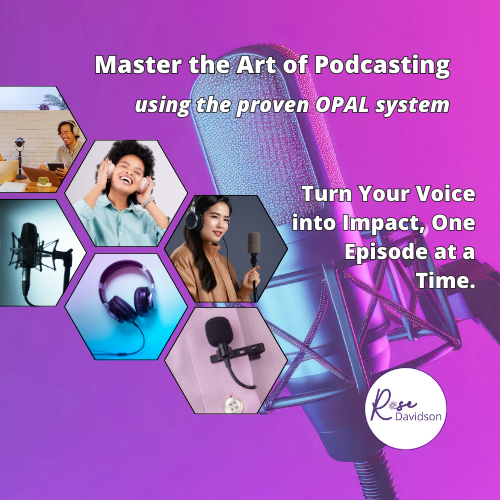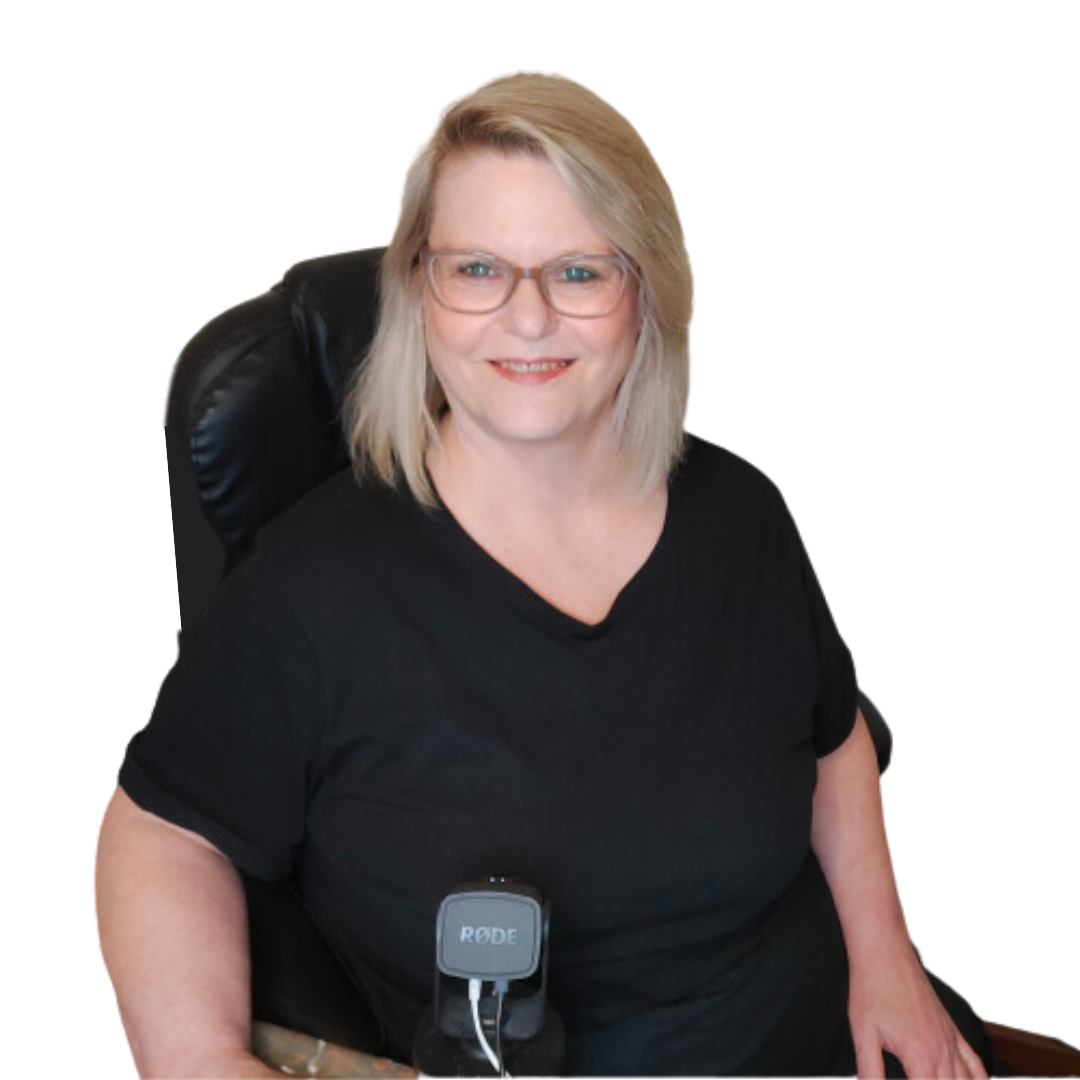Your ultimate guide to starting your podcast journey (OPAL system insights included!)
Podcasting is an exciting way to share your message, grow your brand, and connect with an audience. Whether you’re a business owner, entrepreneur, or passionate storyteller, launching a podcast can set you apart. But where do you begin?
With podcasting trends evolving rapidly—video podcasting, AI-powered content creation, and immersive experiences—the industry is more dynamic than ever. Using a structured approach like the OPAL System (Organize, Produce, Arrange, Launch) ensures your podcasting journey is smooth and successful.
Here’s your step-by-step guide to launching a podcast with confidence in 2025.
Step 1: Define Your Podcast’s Purpose & Audience
Before hitting record, you need to be clear on:
✅ Why are you starting a podcast? (Brand growth, monetization, thought leadership, etc.)
✅ Who is your audience? (Entrepreneurs, business owners, niche communities?)
✅ What problems do you solve for them?
🔹 Pro Tip: Create an audience persona. This helps craft engaging content tailored to your listeners.
Step 2: Choose Your Podcast Niche & Format
Selecting a niche ensures your podcast stands out. The more specific, the better.
🎙️ Common podcast formats:
- Interview-based: Feature expert guests.
- Solo episodes: Share personal insights or industry news.
- Co-hosted: Engaging conversations between two or more hosts.
- Narrative storytelling: Great for storytelling or investigative topics.
🔹 Pro Tip: Pick a format that aligns with your strengths and content strategy.
Step 3: Name Your Podcast & Design Branding
Your podcast’s name should be clear, memorable, and searchable.
💡 Checklist for a great podcast name:
✅ Unique but easy to spell
✅ Relates to your topic
✅ Includes relevant keywords
🔹 Pro Tip: Secure social media handles and a domain name for your podcast.
🎨 Branding Essentials:
- A compelling logo
- Eye-catching cover art (Podcast directories like Apple Podcasts & Spotify require 3000x3000px images)
- A consistent colour scheme
Step 4: Plan Your Content (OPAL – Organize)
A successful podcast needs structured content. Start by outlining episode topics and key takeaways.
📋 Create a content calendar:
✅ Brainstorm 10–15 episode ideas before launching.
✅ Plan guest interviews if applicable.
✅ Develop a script or bullet points for clarity.
🔹 Pro Tip: Use the OPAL System to keep everything organized from day one!
Step 5: Invest in Quality Equipment
Great audio quality is essential for listener retention.
🎙️ Basic podcasting equipment:
- Microphone: USB (Blue Yeti) or XLR (Shure SM7B)
- Headphones: Over-ear, noise-isolating (Audio-Technica M50x)
- Recording software: Audacity (free), Adobe Audition, or Descript
- Hosting platform: Buzzsprout, Libsyn, SoundCloud, or Anchor
🔹 Pro Tip: A quiet space with minimal echo improves sound quality!
Step 6: Record & Edit Your Episodes (OPAL – Produce & Arrange)
Now it’s time to record! Keep episodes engaging and high-quality.
🎤 Recording Tips:
✅ Use a pop filter to reduce plosives (harsh ‘P’ and ‘B’ sounds).
✅ Maintain a consistent speaking pace.
✅ Record in a quiet, echo-free room.
✂️ Editing Tips:
- Remove background noise.
- Cut out unnecessary pauses or filler words.
- Add intro/outro music for branding.
🔹 Pro Tip: If editing feels overwhelming, consider outsourcing to a podcast editor!
Step 7: Choose a Podcast Hosting Platform (OPAL – Launch)
A podcast hosting platform distributes your episodes to major directories.
Popular hosting platforms:
✅ Buzzsprout
✅ Libsyn
✅ Anchor (Spotify for Podcasters)
✅ Podbean
✅ SoundCloud
🔹 Pro Tip: Most hosting services offer analytics, so track your growth and optimize content!
Step 8: Publish & Optimize for SEO
A well-optimized podcast reaches a wider audience.
🔎 SEO Best Practices:
✅ Write keyword-rich episode titles and descriptions.
✅ Include timestamps in show notes.
✅ Use relevant tags on platforms like Apple Podcasts & Spotify.
🔹 Pro Tip: Create blog posts from your podcast episodes for added visibility!
Step 9: Promote Your Podcast & Build an Audience
🎯 Marketing Strategies:
📢 Share episodes on social media (Instagram, LinkedIn, Twitter, Facebook)
📢 Repurpose content into blog posts, YouTube Shorts, or audiograms
📢 Email your audience with episode updates
📢 Collaborate with other podcasters to cross-promote
🔹 Pro Tip: Encourage listeners to subscribe and leave reviews—it boosts discoverability!
Step 10: Monetize Your Podcast
💰 Ways to Make Money from Your Podcast:
✅ Sponsorships & Ads
✅ Affiliate Marketing
✅ Exclusive Content (Patreon, paid memberships)
✅ Digital Products (Courses, eBooks, Webinars)
✅ Live Events & Speaking Engagements
🔹 Pro Tip: Build a community first—monetization follows once you have a dedicated audience!
Final Thoughts: Launch with Confidence! 🚀
Podcasting is a powerful tool to share your expertise, build your brand, and grow an audience. By following these 10 steps and leveraging the OPAL system, you’ll create a professional, engaging, and sustainable podcast.
🎯 Ready to launch? Start your podcast today and share your voice with the world!
FAQ – 10 Steps to Launch Your Podcast with Confidence
1. How do I pick the right podcast niche?
Choose a niche that aligns with your expertise, passion, and audience demand. Research trends and validate your idea before launching.
2. What equipment do I need to start a podcast?
A quality microphone, headphones, recording software, and a hosting platform are essential. USB mics like the Blue Yeti are great for beginners.
3. How long should my podcast episodes be?
It depends on your format and audience. Typically, solo episodes range from 15–30 minutes, while interviews can go up to an hour.
4. How can I grow my podcast audience?
Leverage social media, optimize for SEO, network with other podcasters, and encourage reviews/subscriptions to boost visibility.
5. Can I monetize my podcast from the start?
While possible, focus on building a loyal audience first. Once you have traction, explore sponsorships, affiliate marketing, and premium content.
🚀 Ready to Launch Your Podcast in Just 30 Days?
Turn your podcasting dreams into reality with my online course, “Master the Art of Podcasting: Online Program.” 🎙️
You’ll get:
✅ Step-by-step guidance
✅ Expert tips and tricks
✅ All the tools you need to confidently start your podcast
Whether you’re new to podcasting or want to refine your skills, this course is designed for YOU!
Don’t wait—your voice deserves to be heard. Start your podcasting journey today!
👉 Sign Up Now and Be Podcast-Ready in 30 Days or Less!
